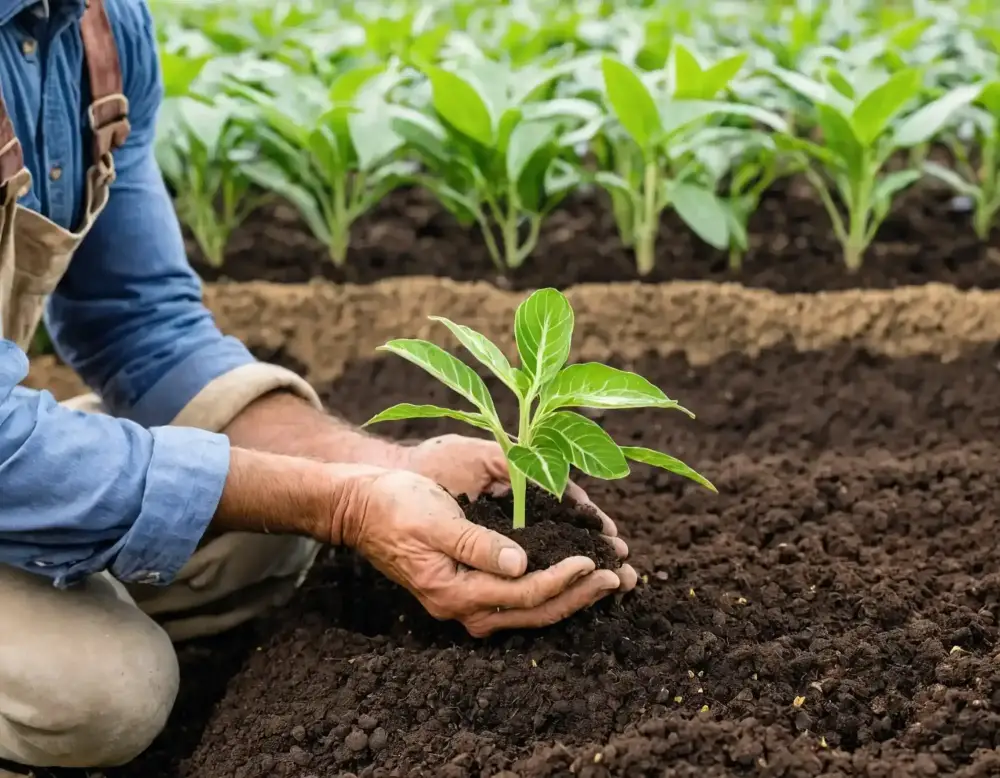Planting, caring for, fertilizing and harvesting a plant is a laborious and laborious process. In order to prevent all this labor from going to waste, it is necessary to have detailed information about what plant protection is and how to do it. Plant protection is indispensable to protect your agricultural production from diseases, pests, weeds and other factors that threaten your agricultural production and to produce productive harvests. You will be able to defend against all kinds of factors that prevent the growth of your plants in your agricultural production.
How is Plant Protection Done?
- Diagnosis and Diagnosis Process: Diagnosis and diagnosis processes start with observation. You should regularly check the diseases in your plants, the presence of pests and the density of weeds. You can facilitate your plant protection processes by requesting analysis support from experts in agriculture. As a result of a professional analysis, you can understand the disease situation in plants more clearly. At the end of all this, you can leave the correct diagnosis.
- Time of Control Certain: weeds and insects proliferate more at certain times and inhibit plant growth. You should intervene by knowing these time periods. You can intervene with the help of experts without disrupting the ecosystem of nature. Keeping the soil ventilated and clean destroys the shelters of harmful insects. By plowing the soil regularly, you can disrupt the egg-laying areas of pests. There are many methods of struggle. We will talk about control methods in other articles.
- Biological Control: Beneficial insects that eat pests can be released into the soil. Thanks to beneficial predatory insects, plants complete the development process more easily. The controlled presence of beneficial insects will eliminate the presence of pests.
- Chemical Control: In this method, pesticides are used to destroy weeds and insects. This method requires precision compared to other methods. At this point, you need to choose the right pesticide for the problem in your plant. In addition to the choice of pesticide, the time of use and dosage are also important.
- Physical Control: Hand picking of animals or weeds such as grasshoppers. Another physical method is to set pheromone traps for pests. You can catch many pests with this method.
Plant Protection Products
As Sector Agriculture, we specialize in plant protection products. We are at your side with our experienced team and years of experience in the pesticide industry. Thanks to our plant protection products, you will be able to harvest efficiently. At the same time, you can contact us for any questions you may have and get detailed information about our products. You can click here for plant protection pesticides and products.
Plant Protection Methods
- Plants are not silent when they are diseased; they communicate that something is wrong through a wilting of leaf color, deformities or spots. Establishing a weekly observation routine makes it possible to recognize these signals early and increases the chances of intervention.
- A healthy root system starts with a good soil structure. Using a soil that does not retain too much water and is rich in organic matter allows the roots to grow freely and become more resistant to disease. The choice of soil is also an important factor limiting the proliferation of harmful organisms.
- Some plant species have inherently stronger defense systems. Especially when species that can adapt to local climatic conditions are selected, the possibility of damage from external factors is significantly reduced.
- Planting the same plants in the same area makes the soil vulnerable to certain diseases. When diversity is ensured in planting areas and different species are preferred each season, the soil is both rested and the disease cycle is broken.
- Especially in plants grown indoors, high humidity and stagnant air can trigger fungal diseases. A slight air flow helps to reduce this risk and makes it easier for plants to breathe.
- Dry leaves, old branches or soil debris accumulated around the plant can create hiding places for disease agents. Regular cleaning therefore has a protective function beyond appearance.
